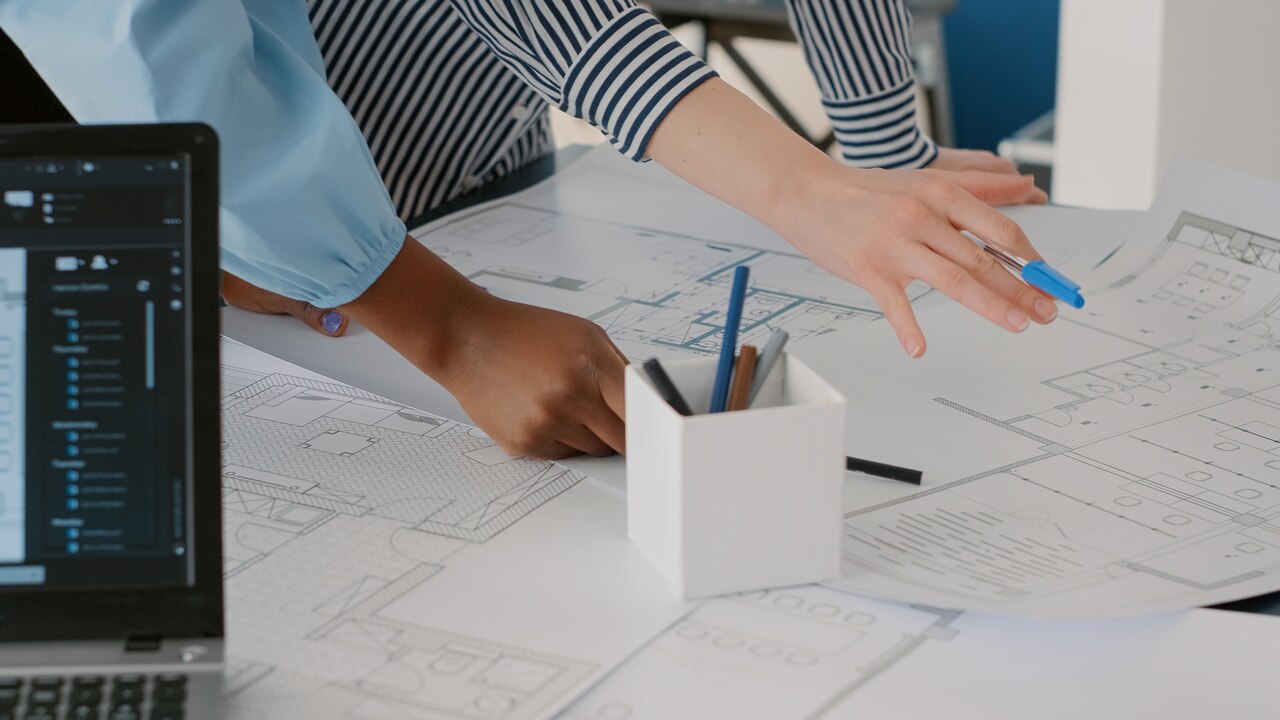A building’s life, much like a captivating story, unfolds through distinct chapters. Each part is significant, contributing to the grand finale – a well-designed, well-constructed structure that meets the needs of its users. Just as an author relies on a plot structure to guide their narrative, architects, engineers, and other construction professionals rely on the RIBA Plan of Work to navigate the intricate process of designing and constructing a building.
The RIBA Plan of Work, pioneered by the Royal Institute of British Architects (RIBA), is a tried and tested blueprint adopted across the globe. It is not just a tool, but a lifeline that steers professionals through the lifecycle of a project, from the spark of an idea to the final brick laid and beyond. Despite its ubiquity, understanding the RIBA Plan of Work isn’t always straightforward. This guide is here to change that, offering a comprehensive, step-by-step exploration of this indispensable framework.
Join thousands of students who are acing their Architect Exams!
The Eight Stages of RIBA Plan of Work
The RIBA Plan of Work is a beacon, guiding the way through eight key stages. Each stage represents a major milestone in the project lifecycle, and having a clear understanding of each is critical for successful project management.
Stage 0: Strategic Definition
The journey begins here. Much like setting a ship’s course before leaving port, the Strategic Definition stage involves defining the client’s requirements, establishing project objectives, and developing a business case. It’s the stage where the vision of the project begins to take shape.
Stage 1: Preparation and Brief
This stage is about getting ready for the voyage. It’s where the project brief is developed, the stakeholders are identified, and the project team is assembled. The work done in this stage sets the tone and direction for the entire project.
Stage 2: Concept Design
It’s time to let imaginations soar. The Concept Design stage involves sketching initial design ideas, setting the project budget, and identifying any potential risks or obstacles. It’s the creative heart of the project.
Stage 3: Developed Design
This stage is about refining and developing the initial concepts, turning sketches into detailed drawings and specifications. Cost estimates are prepared and the project’s trajectory becomes clearer.
Stage 4: Technical Design
As the project transitions into the Technical Design stage, the detailed design is taken a step further. It’s time for comprehensive technical drawings and specifications. Tender documents are prepared, and necessary approvals are sought. This stage ensures that the design is feasible and ready for implementation.

QUICK TIP…
Don’t just passively read or watch your study materials. Engage with them by taking notes, discussing with peers, or teaching the content to someone else. Active engagement can boost comprehension and retention.
Stage 5: Construction
Finally, it’s time to bring the plans to life. The Construction stage involves managing the construction process, closely monitoring progress, and ensuring that the project is delivered on time and within budget. It is where the design and planning stages pay off, as the building begins to rise from the ground.
Stage 6: Handover and Close Out
At this stage, the project is completed and ready to be handed over to the client. Final approvals are obtained and the project is officially closed out. It’s time to tie up any loose ends and celebrate the completion of a successful project.
Stage 7: In Use
Even after completion, the project continues to require attention. The In Use stage involves monitoring the performance of the building, addressing any issues that arise, and ensuring that the building is maintained and operated effectively. It’s a testament to the fact that a building’s lifecycle extends far beyond its construction.
Delving Deeper into the RIBA Plan of Work
Understanding the RIBA Plan of Work involves more than just knowing the eight stages. It requires a closer look at the various tasks and activities associated with each stage.
Project Management throughout the RIBA Plan of Work
- Project Initiation and Planning: During stages 0 and 1, the project is initiated, and planning commences. Tasks include identifying stakeholders, assembling the project team, and establishing communication and reporting mechanisms.
- Project Implementation: Stages 2 through 5 focus on project implementation, where the designs are developed, and construction commences. Key activities include project monitoring, coordinating with contractors, and controlling project changes.
- Project Closure: Stages 6 and 7 involve project closure and post-construction activities. This involves finalizing documentation, assessing project outcomes, and ongoing building management.

Wrapping Up
In conclusion, the RIBA Plan of Work is a valuable tool for anyone involved in the field of architecture or construction. Its structure, clarity, and comprehensive approach to project management make it an essential asset for delivering successful building projects. The RIBA Plan of Work doesn’t only provide a timeline, but it also includes guidance on vital elements such as project management, risk management, and sustainability. Understanding the framework is like owning a roadmap, a compass, and a survival kit all in one, essential for delivering successful projects that satisfy clients and stakeholders.
Stay tuned for a deep dive into the remaining stages of the RIBA Plan of Work. Meanwhile, if you’re eager to hone your architectural prowess, check out PrepArchitect’s resources – your partner for mastering the intricacies of architectural design and project management.

